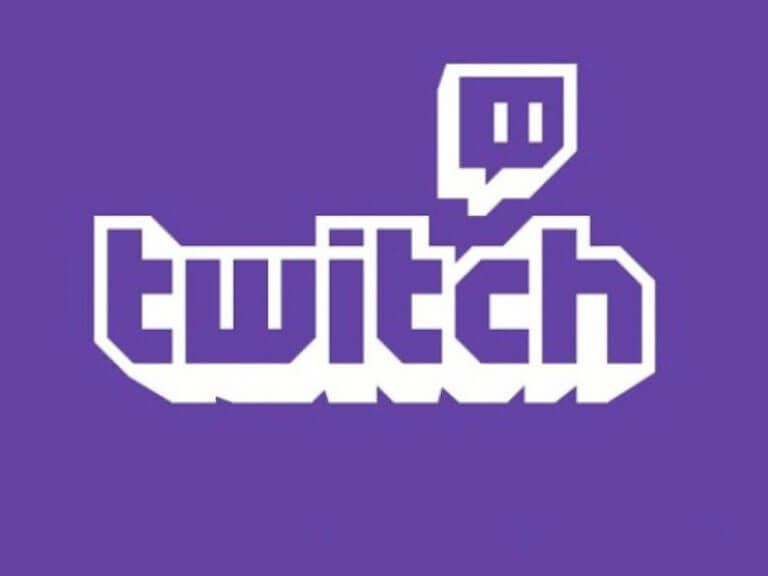Twitch announced today that it is rolling out a new safety feature called Shield Mode to help protect streamers on its platform. But what exactly is Shield Mode and what does it do? According to the official Twitch blog,
Shield Mode is a little different from our other safety tools. While it does introduce some entirely new capabilities (we’ll get to that), its real power comes from the way it combines and levels up existing safety tools in one place. With Shield Mode, you can pre-set multiple safety settings that can be activated with a push of a button whenever higher protections may be necessary. These presets let you turbo-charge your safety settings in seconds if you’re receiving harassing messages in chat or if you anticipate needing stronger protection, such as when you receive a large, unexpected raid. As your front line of defense, your moderators will also have full access to help activate Shield Mode and manage its settings.
Rolling out today: Shield Mode.
Now you can strengthen your safety on stream with a single click. Shield Mode makes it easy to pre-set safety settings and helps you quickly remove harassing messages and users from chat.
Learn more: https://t.co/G6mSGpS9OD pic.twitter.com/bD6wMvGZOS
— Twitch (@Twitch) November 30, 2022
So essentially, Shield Mode will allow Twitch streamers to activate a preset group of safety settings “with the push of a button” when needed, as in the case of hate raids like those that plagued the platform last year and which unfortunately are becoming a normal part of Twitch culture. Settings can include mass banning chatters using a specific word or phrase, or blocking first-time chatters from speaking.
If Shield Mode’s functionality sounds familiar, that’s because it is. A similar community-developed feature called the “panic button” was created by streamers last year to combat the surge in hate raid harassment. This was done in the absence of any real action on the part of Twitch itself at the time, which ultimately led to creators holding a one-day boycott of the platform with the hashtag #TwitchDoBetter.
Does this new safety feature signal a new, safer streaming platform in Twitch, which has been criticized in the past for not doing enough to protect streamers (especially those in marginalized demographics and lower-profile streamers)? Only time will tell, but this seems like a step in the right direction.
Featured image via Webwise.


